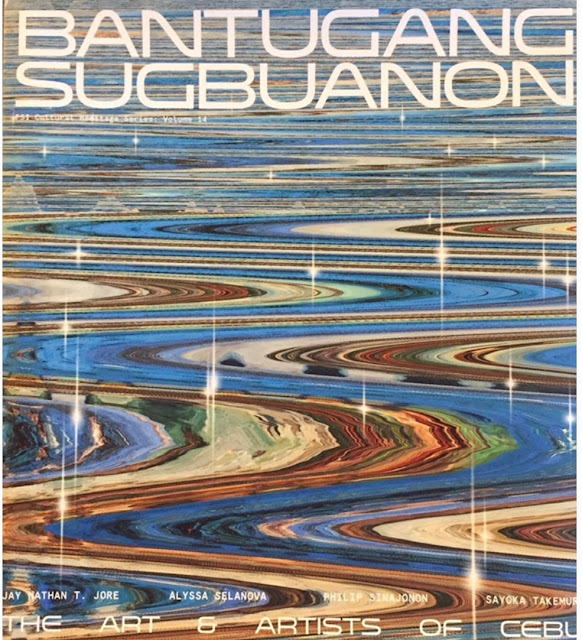The National Anthem of Nicaragua
 The melody of the anthem "Salve a ti, Nicaragua" (Hail to You, Nicaragua) goes back to the 1700s as a liturgical anthem in Spain. It was brought to Nicaragua shortly before independence in the early 19th century, and was used as the first official anthem, between 1835 and 1837. The national anthem was changed three times since then, until in 1918, the people demanded a stable national anthem. It was decided to bring back the original anthem, and Luis Abraham Delgadillo, a Nicaraguan composer who studied in Milan, was chosen to arrange the anthem.
The melody of the anthem "Salve a ti, Nicaragua" (Hail to You, Nicaragua) goes back to the 1700s as a liturgical anthem in Spain. It was brought to Nicaragua shortly before independence in the early 19th century, and was used as the first official anthem, between 1835 and 1837. The national anthem was changed three times since then, until in 1918, the people demanded a stable national anthem. It was decided to bring back the original anthem, and Luis Abraham Delgadillo, a Nicaraguan composer who studied in Milan, was chosen to arrange the anthem.As a result of a government contest, new words were composed for the anthem. The only requirements for the lyrics was that there would have to be two verses only, the subject must be about peace and work (since Nicaragua just came out of several revolutions), and that the words must fit the music. The winning lyrics written by Salomón Ibarra Mayorga were revised in 1939 and adopted by the government that year.
Luis Abraham Delgadillo (born in Managua, Nicaragua, on August 26 of 1887 - m. on December 20 of 1961 in the same city) was a musician from Nicaragua. Considered the most outstanding composer of Nicaragua, his talent is recognized throughout Latin America.
Born in the capital Managua, the son of Don and Dona Manuela Teodoro Rivas Delgadillo. Through a state grant by the government of then President José Santos Zelaya, he joined the Conservatory of Milan, Italy, where he distinguished himself with honors. He toured extensively through various countries in Latin America and in 1930 was invited by the Carnegie Hall of New York, United States, to conduct a concert of his works.
On December 16th of 1918, the Ministry of War, the teachers sang along with Carlos Alberto Ramirez Velasquez and Selva, the current National Anthem Hail to you (with lyrics by poet Salomón Ibarra Mayorga), whose music was in G Major a psalm liturgical and was introduced by the monk catechist Franciscan Ernesto or Castinove Anselmo (born in Toledo, Spain), in the late eighteenth century. Delgadillo then would change his tone to E flat so it could be sung by children, but for unknown reasons, the aforementioned anthem would be sung and officially adopted until 21 years after the October 20 of 1939, by Executive Decree No. 3, published in La Gaceta, Diario Oficial, No. 231 of 24 the same year, being President of the Republic of the dictator General Anastasio Somoza Garcia.
He died in his hometown on December 20 of 1961 and was buried in the Rotunda of Illustrious Persons of the General Cemetery or West of Managua. A chronological list of his artistic production is in the book Composers of America, published by the Pan American Union in Washington.
The stamp above features the anthem composer Luis Abraham Delgadillo.






